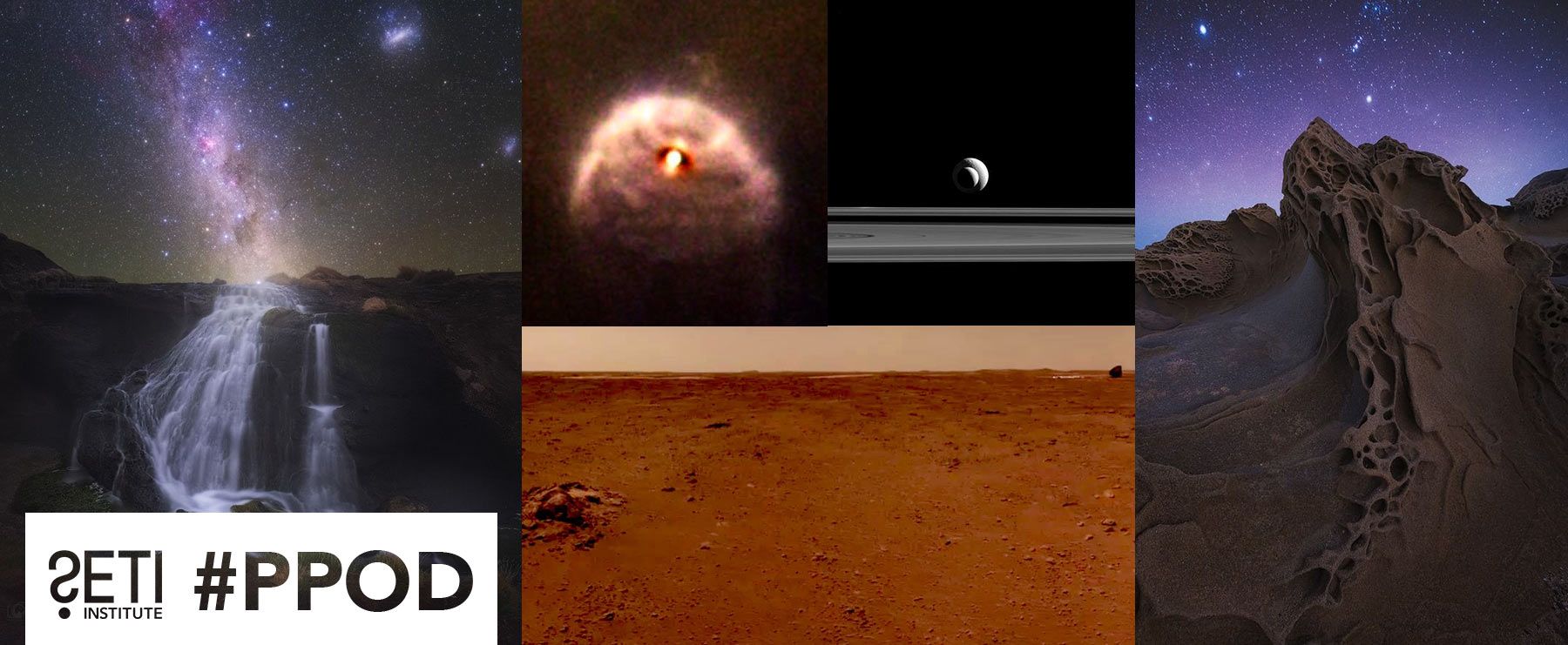
Planetary Picture of the Day
Week of July 12, 2021
From Chile and California on Earth, to two moons of Saturn, to the surface of Mars and beyond . . . new ways to see the world and the universe.
Monday, July 12, 2021
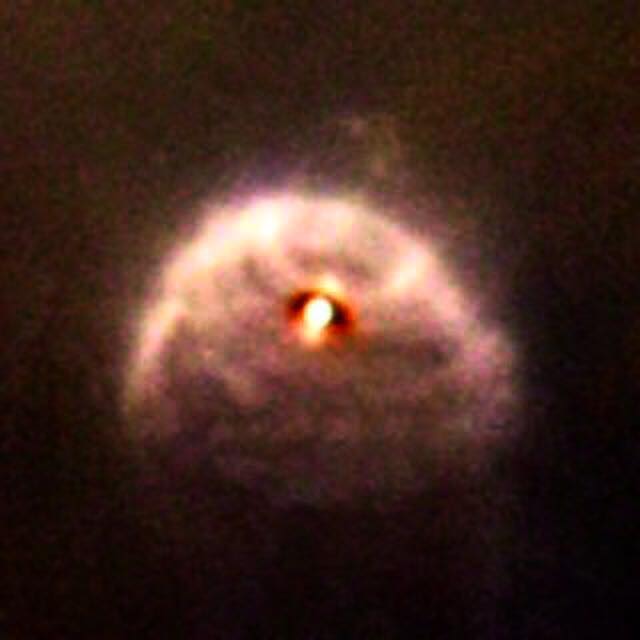
Birth of a System
One of 42 proplyds discovered in the Orion Nebula, 181-825 is one of the bright proplyds that lies relatively close to the nebula’s brightest star, Theta 1 Orionis C. Resembling a tiny jellyfish, this proplyd is surrounded by a shock wave that is caused by stellar wind from the massive Theta 1 Orionis C interacting with gas in the nebula.
Proplyds, or protoplanetary discs, are modest blobs surrounding baby stars that are shedding light on the mechanism behind planet formation. Only the NASA/ESA Hubble Space Telescope, with its high resolution and sensitivity, can take such detailed pictures of circumstellar discs at optical wavelengths.
Tuesday, July 13, 2021
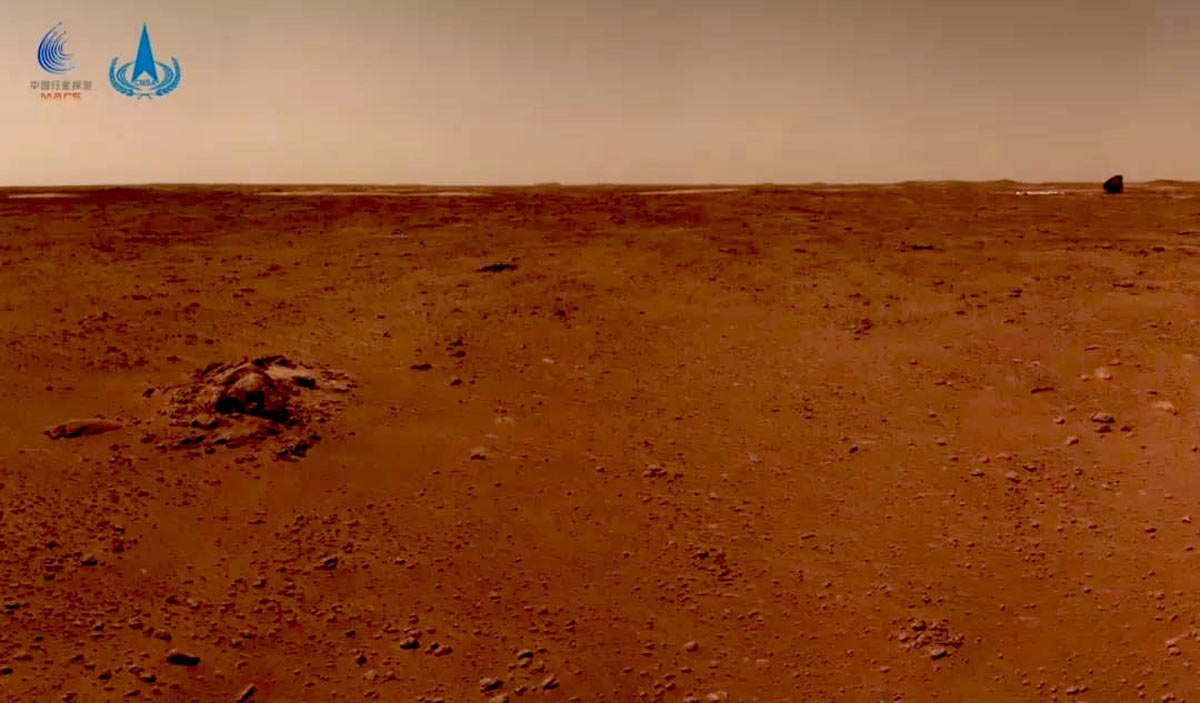
Mars from Zhurong Rover
Here is one of the most recent images received from the Chinese Zhurong rover mission in Utopia Planitia, Mars, taken on 4 July 2021. You can see the backshell and the parachute to the right in the background, and a series of small depressions with light-tone material in them. Topography farther away shows mesa-like and other buttes.
Wednesday, July 14, 2021
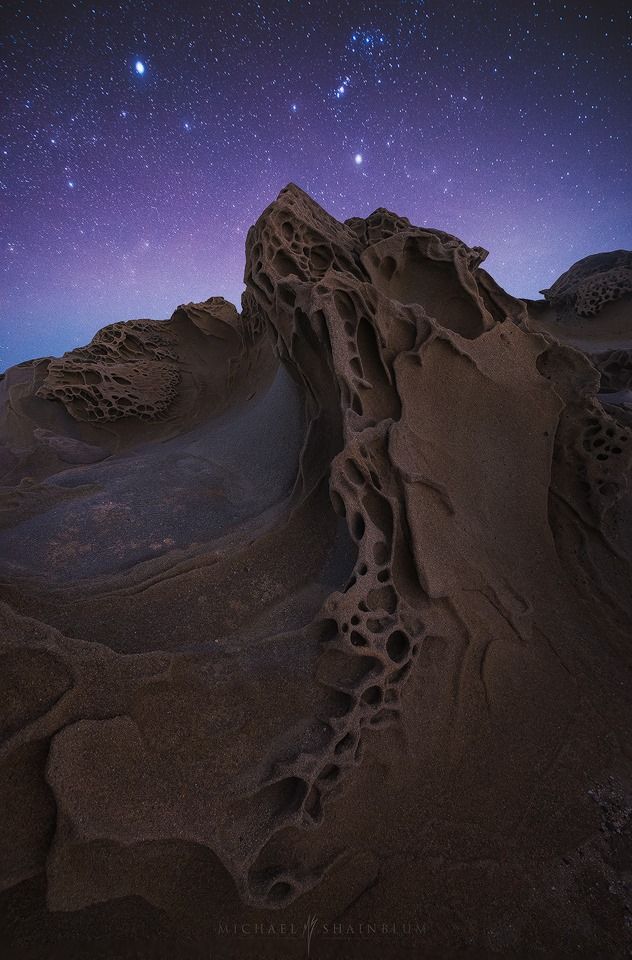
"Extraterrestrial"
Tafoni are known as honeycomb weathering (or Swiss-cheese rocks). Here, the cavities were formed in sandstone on the Californian Central Coast.
Thursday, July 15, 2021
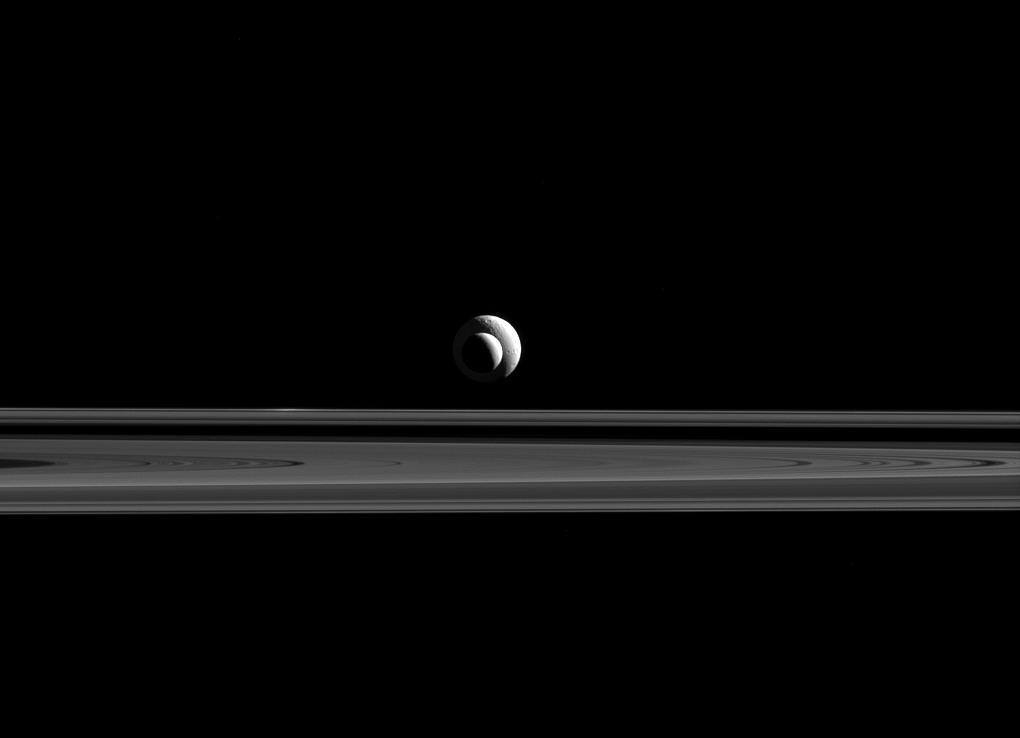
Bull's-eye Moons
Like a cosmic bull's-eye, Enceladus and Tethys line up almost perfectly for Cassini's cameras. Since the two moons are not only aligned, but also at relatively similar distances from Cassini, the apparent sizes in this image are a good approximation of the relative sizes of Enceladus (313 miles or 504 kilometers across) and Tethys (660 miles or 1,062 kilometers across).
This view looks toward the unilluminated side of the rings from 0.34 degrees below the ring plane. The image was taken in red light with the Cassini spacecraft narrow-angle camera on Sept. 24, 2015.
Friday, July 16, 2021
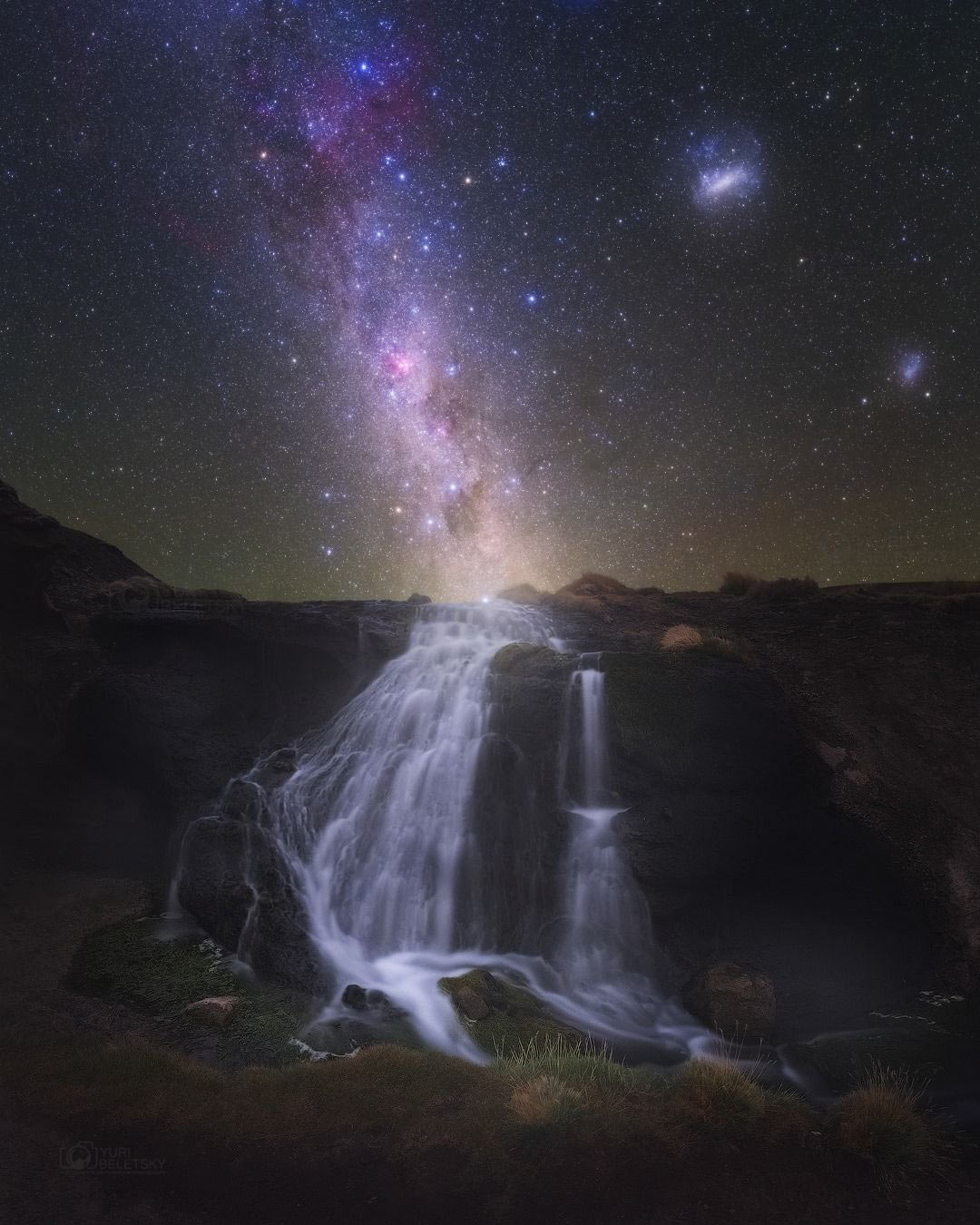
Where the sky meets the water...
Atacama desert, Chile.





